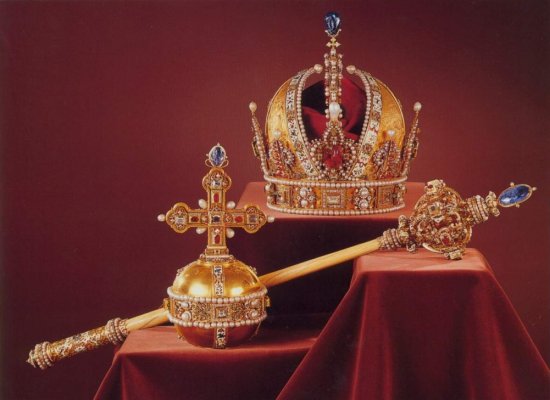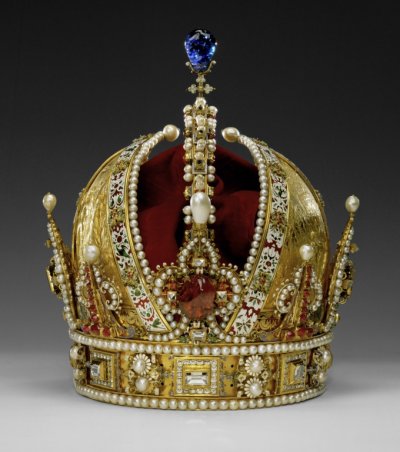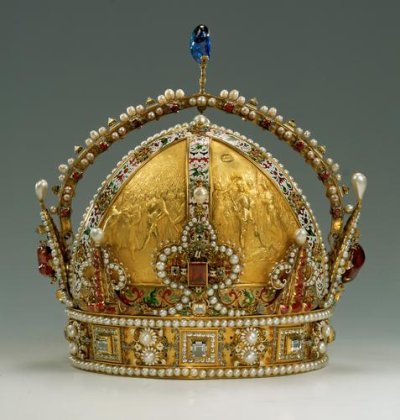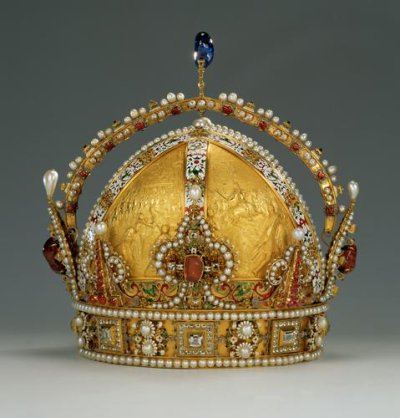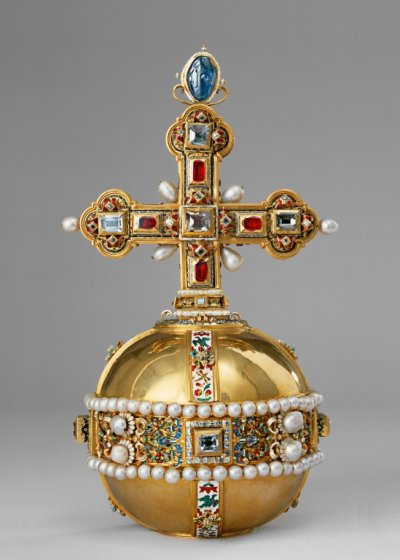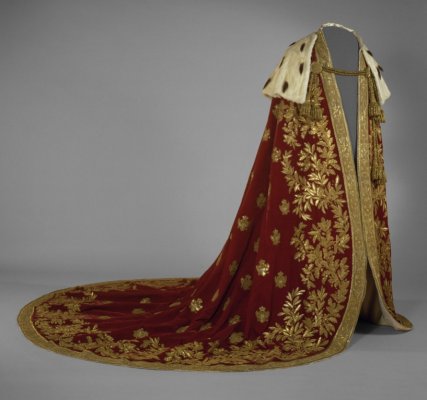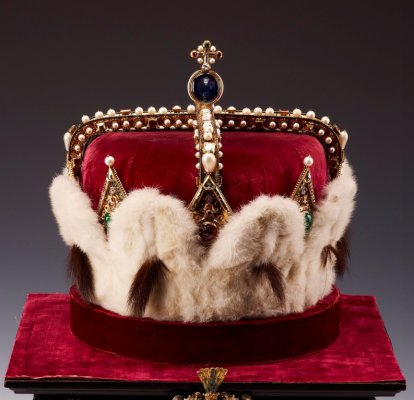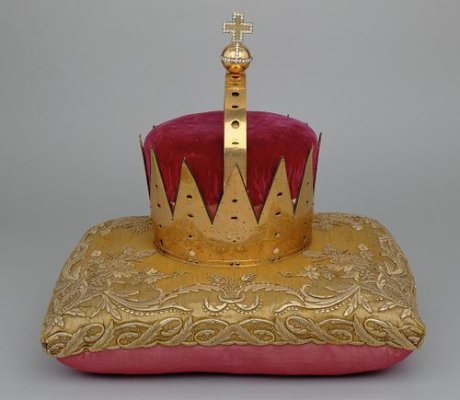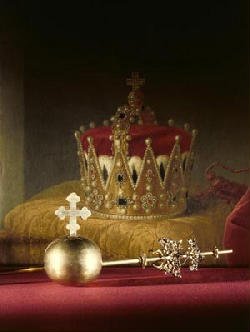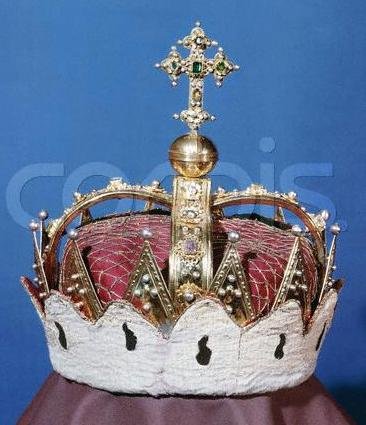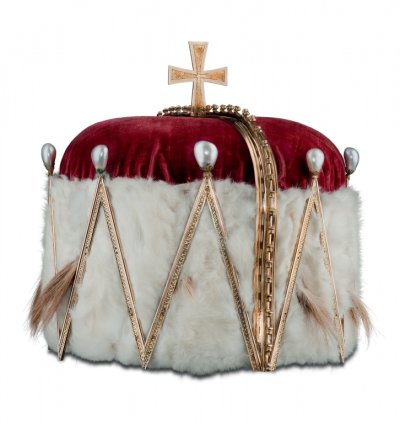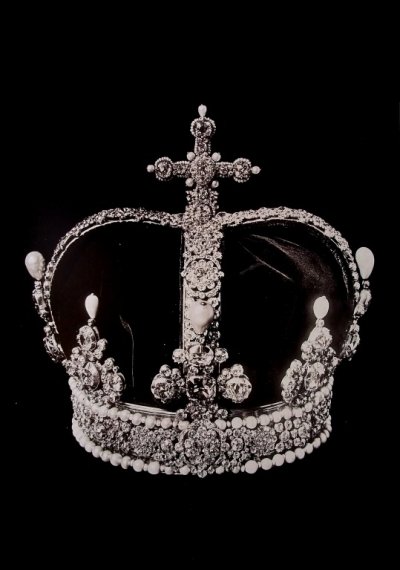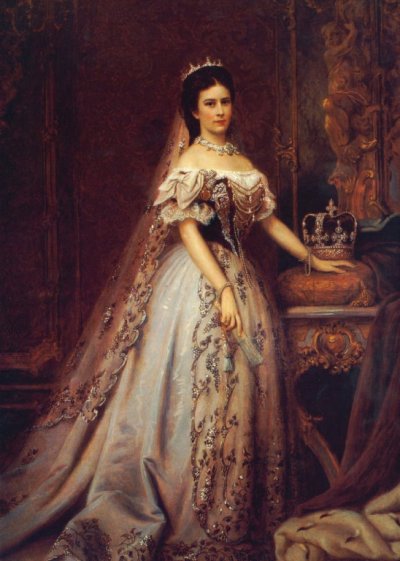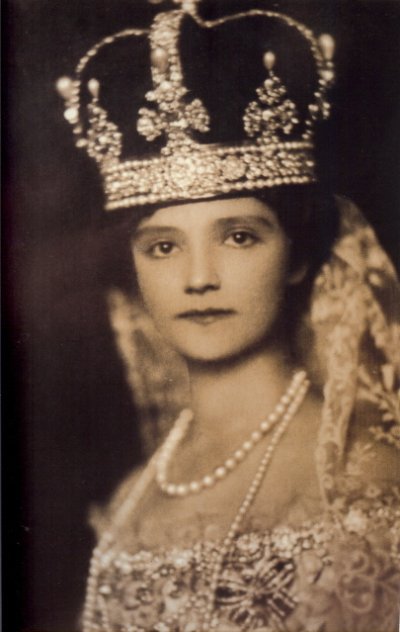ilMilanese
Commoner
- Joined
- Aug 20, 2014
- Messages
- 18
- City
- Milano
- Country
- Italy
The empire of Austria was proclaimed in 1804 by the Holy Roman Emperor Francis II (1768-1835) who became also the austrian emperor as Francis I.
From 1804 to 1806, when the Holy Empire was abolished, this monarch was known as the double emperor.
Until 1804 Austria was an archduchy, with an own archducal crown, part, as many others german States, of the Empire. When Austria became en empire wasn't made a new crown but has been choice the personal crown of the Holy Roman Emperor Rudolf II (1552-1612).
Is necessary to explain that the crown of the Holy Roman Empire could be used only for the imperial coronation and it could not been move from Nuremberg, where it was been kept, but only for coronation that tooks place at Aachen. So each emperor ordered a second crown to be wore during all the others celebrations when it was necessary.
The Rudolf II's personal crown is the only one that has been preserved because it was declared by emperor Ferdinand II (1578-1637) as "inalienable property of the Habsburg and dynastic crown" so it has not been dismantled to make new personal crowns as other ones.
The sceptre and the globe of the empire of Austria were emperor Matthias's ones made in XVII sec.
Only the austrian imperial robes was made for the empire of Austria specially in 1830.
All the austrian imperial regalia are today kept in the Kaiserliche Schatzkammer at Kunsthistorisches Museum at Vienna.
From 1804 to 1806, when the Holy Empire was abolished, this monarch was known as the double emperor.
Until 1804 Austria was an archduchy, with an own archducal crown, part, as many others german States, of the Empire. When Austria became en empire wasn't made a new crown but has been choice the personal crown of the Holy Roman Emperor Rudolf II (1552-1612).
Is necessary to explain that the crown of the Holy Roman Empire could be used only for the imperial coronation and it could not been move from Nuremberg, where it was been kept, but only for coronation that tooks place at Aachen. So each emperor ordered a second crown to be wore during all the others celebrations when it was necessary.
The Rudolf II's personal crown is the only one that has been preserved because it was declared by emperor Ferdinand II (1578-1637) as "inalienable property of the Habsburg and dynastic crown" so it has not been dismantled to make new personal crowns as other ones.
The sceptre and the globe of the empire of Austria were emperor Matthias's ones made in XVII sec.
Only the austrian imperial robes was made for the empire of Austria specially in 1830.
All the austrian imperial regalia are today kept in the Kaiserliche Schatzkammer at Kunsthistorisches Museum at Vienna.


